[Guest post] Can the owner of an artistic work convert it into an NFT for its use in the Metaverse?
The IPKat
NOVEMBER 22, 2022
On the occasion of the opening of a new store in NY, the well-known clothing brand created a collection of NFTs based on digital copies of works of famous artists such as Miró, Tàpies and Barceló, incorporating various outfits of the collection available at the store, to be displayed in the Decentraland Metaverse, at the coordinates 16.78


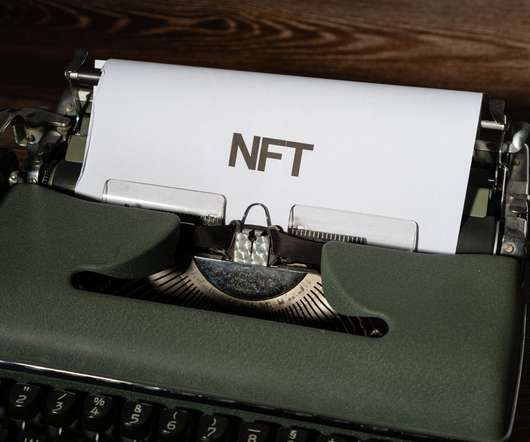
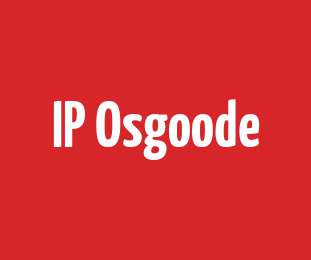
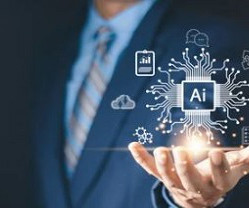
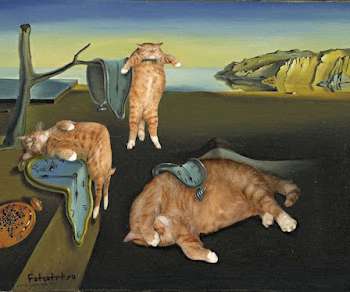
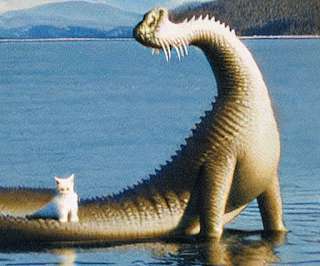


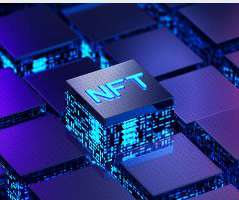


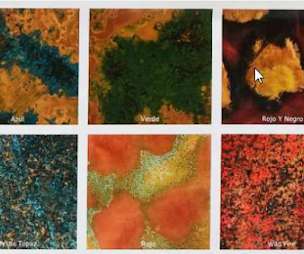



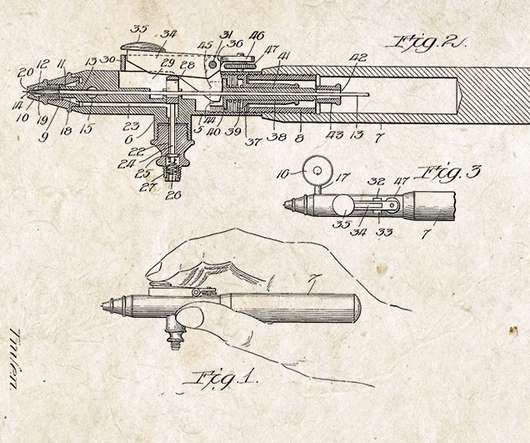
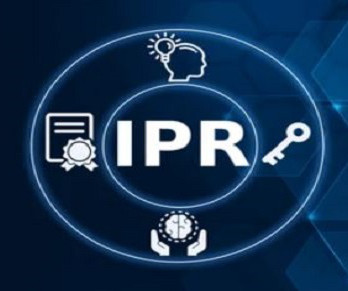


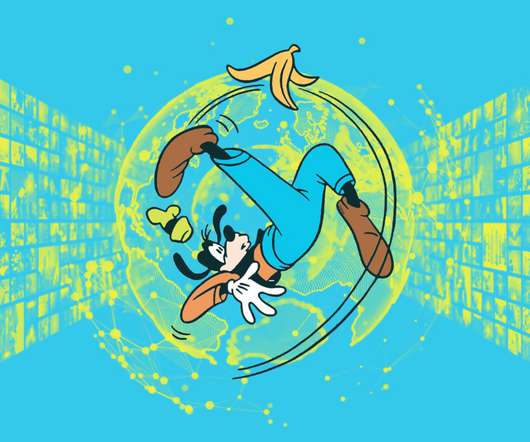
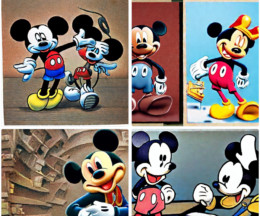
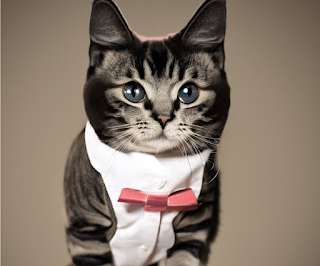


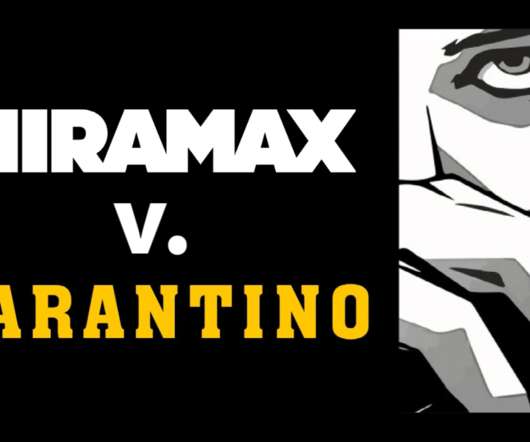
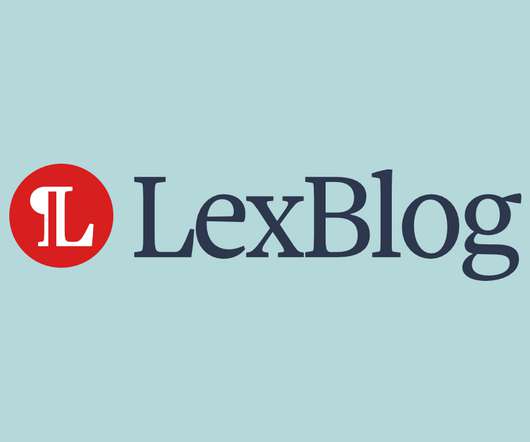







Let's personalize your content